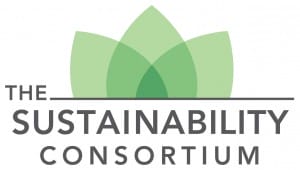
The Sustainability Consortium announces new board of directors
The board of directors now includes four new members from BASF, Unilever, Miller Coors, and Mars, who are excited to foster science and innovation for a sustainable future.
Transitions in urban environmental systems: Lessons from New York City and Hurricane Sandy
DCDC is proud to co-sponsor the 15th Annual CAP LTER Poster Symposium keynote speaker, William Solecki, Director of the Institute for Sustainable Cities, and Professor, Department of Geography at City
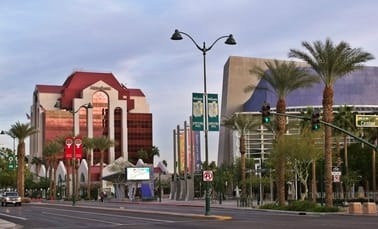
ASU students to help Mesa create a town square
David Pijawka, senior sustainability scientist, is set to teach a new graduate course in which students will produce a viable concept for Mesa's public gathering place.
Death Valley now holds the record for world's hottest temperature
Senior Sustainability Scientist Randy Cerveny comments in a New York Times article that records like this can be a source of pride or a source of contention for countries.
DOE 2013 Solar Decathlon competitors to meet media on Friday, January 11
ORANGE COUNTY, Calif. – Jan. 7, 2013 – Members of the media will have an opportunity to meet representatives from all 20 collegiate teams competing in the U.S. Department of Energy Solar Decathlon
New directions in national energy policy: Skepticism about big initiatives
Sustainability Scientist Clark Miller says in an EnergyBiz article that current energy policy is raising public concern about climate change and U.S. energy production.
Our graduates: Braden Kay
Most five year olds may be more concerned with cartoon TV shows rather than their neighborhood community garden. But Braden Kay started his life mission early – at a local
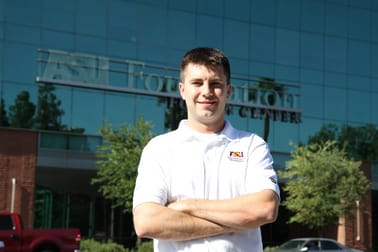
Our graduates: Tim Exposito
Tim Exposito’s interest in construction is nothing new. At 16, he helped his brother build a house. In high school, he worked at a cousin’s construction business. During his high
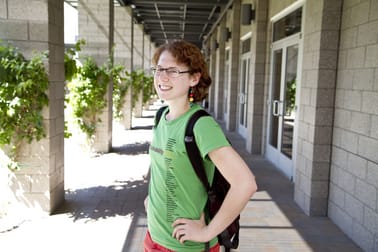
Our graduates: Kim Pearson
Growing up in Phoenix, sustainability and Spanish literature senior Kim Pearson was first introduced to the basics of sustainability through class projects on issues such as deforestation. “I first heard
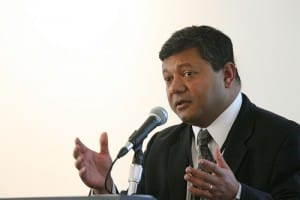
Transitioning into a sustainable energy future: A lecture by Distinguished Scholar, Dr. Arun Majumdar
On October 19 Dr. Arun Majumdar presented a lecture titled “A New Industrial Revolution for a Sustainable Energy Future” as part of the Aerospace and Mechanical Engineering Distinguished Scholar Lecture
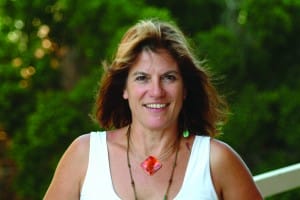
Report: Climate changing watersheds
The Arizona Republic interviewed sustainability scientist Nancy Grimm who says U.S. ecosystems are undergoing major shifts due to climate change.
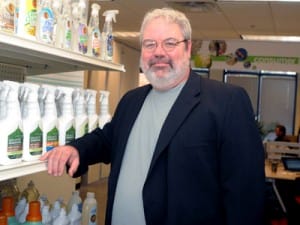
Helping you ID which common brands are most sustainable: ASU professor helps with groundbreaking research
The Sustainability Consortium's Kevin Dooley is helping to develop a system that will tell retailers, manufacturers, and consumers about product sustainability using a set of criteria.